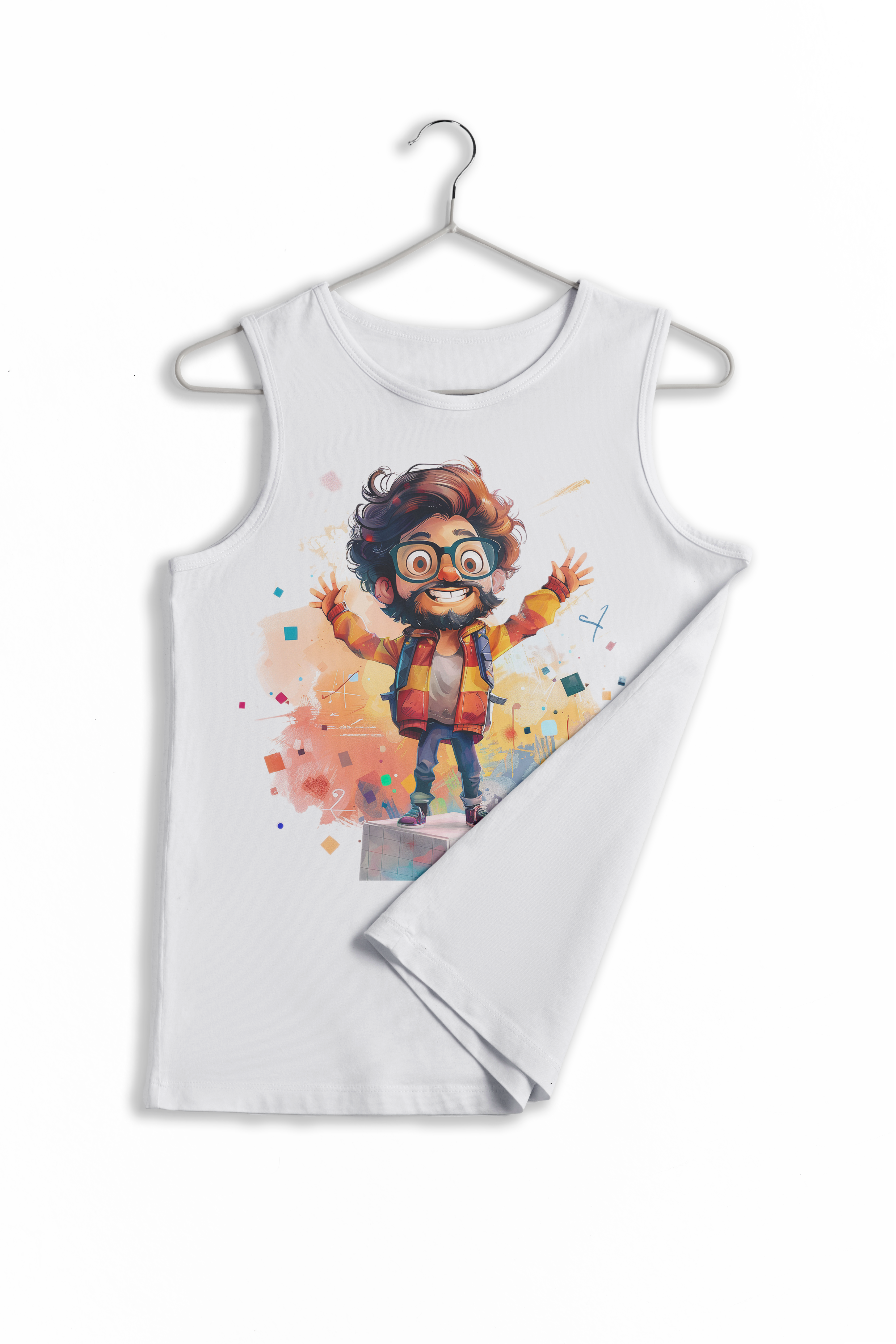Smart (Digital) Textile Printing
Smart (Digital) Textile Printing
In an era when everyone wants to be unique, digital textile printing comes as a hero with a colorful cape. Print from one piece to thousands, with any number of colors, all with an ecological impact. Discover the technology that allows everyone to express their style without burdening our planet.
Colorful Infinity
Colorful Infinity
How the Color Revolution in Textile was Born
Who would have thought that we would one day print t-shirts like emails? Welcome to the era of digital textile printing – a technology that has transformed pieces of fabric into canvases for digital art. From its beginnings, when the first printers only played with basic colors, we have reached modern machines that can handle the full RGB spectrum (Red, Green, Blue) – all without the need for lengthy setup or specialized operator training.
From the First Pixels to High-Tech Printers
But let’s nicely go back to the beginning – the first digital textile printers were more or less just ordinary inkjet printers on steroids. Today, the situation is quite different. We have printers that can transfer anything you can imagine onto fabric, with precision that was unimaginable just a few years ago. And what’s more? These modern machines are environmentally friendly, use water-based inks, and minimize waste.

Less is Sometimes More
Digital textile printing not only allows us to be creative, but it does so with consideration for our planet. Waste reduction is key here – unlike traditional methods where paint is applied through extensive templates (screens) and excess material is created, digital printing uses only as much ink as is actually needed. This means that we save on materials and energy.
Pros and Cons
Digital textile printing offers a number of advantages that make it an attractive choice for many applications, especially when flexibility and speed are needed. However, like any technology, it also has its disadvantages that can be limiting in certain situations. Below is an overview of the main advantages and disadvantages of digital printing:
| Advantages | Disadvantages |
|---|---|
| Printing from one piece Ability to print exactly as needed without the necessity to produce large quantities of goods, which saves materials and reduces surplus production. |
Higher cost per unit for small series The cost per unit can be higher for larger series, as the economies of scale are not as significant. |
| Speed of printing High efficiency of printing allows for quick processing of orders, which is ideal for time-sensitive projects. |
Lower coverage than screen printing In some applications where high ink coverage is needed on dark textiles, digital printing may produce weaker results than traditional screen printing. |
| Unlimited number of colors Digital printing imposes no restrictions on the number of colors used, which allows for printing complex and detailed graphics without additional costs. |
|
| Green solution Uses less ink and water, the products are generally more environmentally friendly, which makes digital printing seen as a greener choice. |
Beauty Without Compromise
With the advent of digital printing, new possibilities open up for designers and brands who want to offer something special to their customers. From small startups to large fashion houses, digital printing allows everyone to create clothing that is not only beautiful but also ethical. And with the increasing innovations in this area, we can expect that digital printing on textiles will play an increasingly important role in sustainable fashion.

Digital textile printing is more than just technology; it is a movement towards a better and more sustainable future in the fashion industry. As printers become smarter and colors greener, we can look forward to a world where each piece of clothing tells a story of innovation and responsibility.
Explore practical information about the method or ask our traders if this method could be just right for you.





